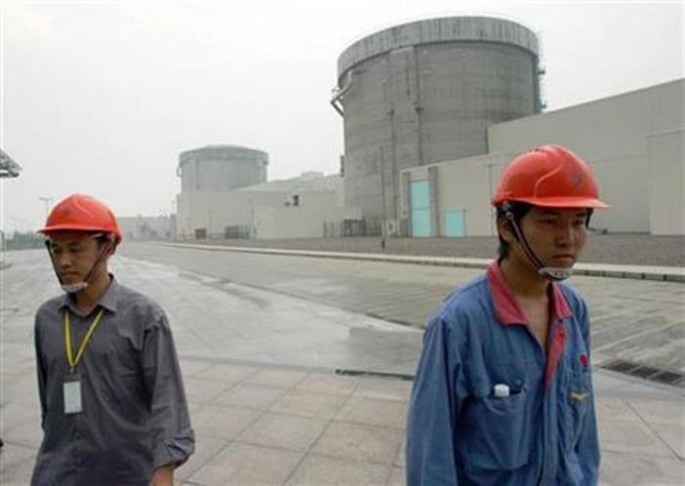China's nuclear industry is set to become a global player and nuclear technology supplier for several countries as Chinese power corporations are initiating new projects across the world.
According to an article written for the Tokyo-based The Diplomat by Jost Wubbeke, head of the economy and technology program at the Mercator Institute for China Studies (MERICS) in Berlin, and Guan Ting, a visiting academic fellow at MERICS, China still has to prove that it can be a reliable partner in operating nuclear infrastructure, meeting strict safety requirements, and managing the complex technology.
Wubbeke said that the next decade will be critical as China must ensure that their technology is safe and that the country would adhere to non-proliferation agreements.
The article said that Chinese leaders have placed their hopes in future economic growth on innovation as a global supplier of high-tech commodities "created in China." The country's aim is to seize strategic industries--photovoltaics, high-speed railways, computer chips and the like--and their global markets.
The "One Belt, One Road" strategy was intended to help China in the global economic integration and to advance trade by Chinese terms, pushing nuclear technology as one of China's new high-tech export brands now, as railways before.
China's leaders, who acted as salesmen, negotiate new nuclear deals during their state visits, for which they promise large financial backing. The article said that everything has been done in preparation for the "going out" years ahead.
According to the article, China has developed its own third-generation reactors based on foreign technology and their own original research. The country's advanced reactors Hualong-1, CAP1400, and a high-temperature gas-cooled reactor design (HTR) were developed for international markets.
China achieved this by combining the design development and global activities of the competing nuclear corporations, the article said.
The article added that after the Fukushima incident, China decided to join the global nuclear market. It said that although China cannot compete with the well-tested technologies of Canada, France, Russia, South Korea and the United States, Chinese companies had initiated projects that use foreign-built reactors, but use Chinese money and construction expertise.
As a first step, China General Nuclear (CGN), one of the country's three large nuclear enterprises, agreed with électricité de France (EDF) in Oct. 2015 to jointly invest in, construct, and operate two nuclear reactors at Hinkley Point C, United Kingdom.
But ultimately, China seeks to sell its own reactor designs, especially the Hualong-1 and CAP1400. This strategy seems to have bright prospects for success.
In addition, the Argentinian government has agreed to build a Hualong-1 at the Atucha site in Buenos Aires province.
China's third largest nuclear enterprise, the State Power Investment Cooperation (SPIC), is also negotiating with the Turkish government about the construction of two CAP1400 reactors. CNNC's most advanced projects are in Pakistan, with two Chinese small-sized reactors already in operation and two more under construction.
In Aug. 2015, the first Chinese overseas construction project for Hualong-1 started in Karachi.
According to the article, China will enter the market dominated by others for decades by offering a complete package including state of the art technology, financing, and construction services.
With 30 nuclear plants in operation and 21 under construction at home, China has gathered plenty of knowledge about how to build and run a plant. In addition, the government provides support for overseas projects with generous loans.



























